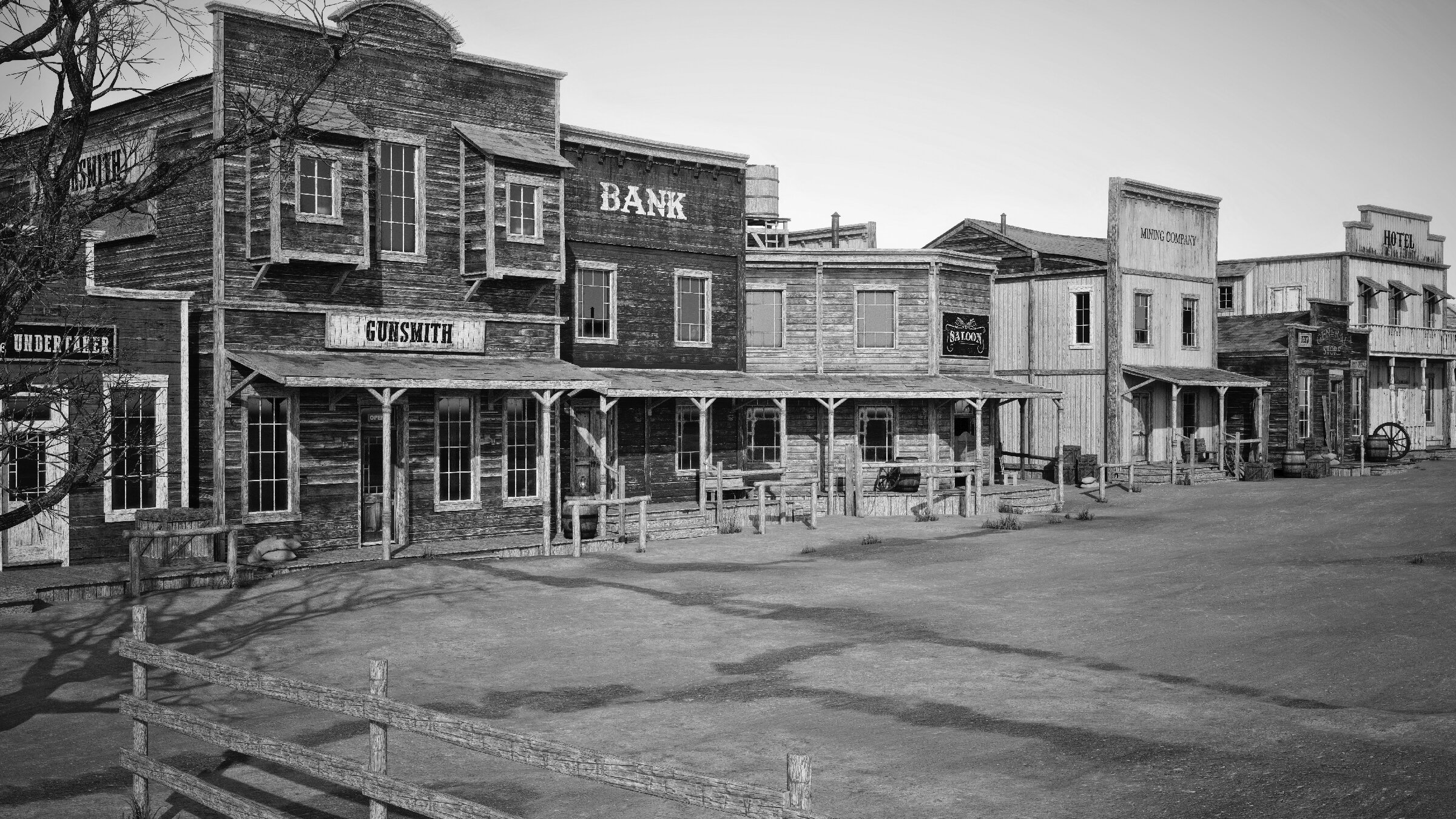Black and White Westerns…
I’m in a room, waiting for my truck to get serviced. They told me I need new front brakes and a new battery. Funny how you go in for one thing and they find two more things that need to be fixed. The TV is showing an old western movie, “3:10 to Yuma.” Not the Russell Crowe version; the Glen Ford, black and white, original.
I grew up on black and white Westerns. We watched “Bonanza” and “The Rifleman” on a small, thirteen-inch black and white TV. Roy Rogers always was the good guy and this actor, Ronald Regan, introduced the story of the week on “Death Valley Days.”
We loved the gunfights. We knew they weren’t real because guns were part of our lives. My brother, Steve, always counted the shots of the shooters. We knew a Colt revolver only had six shots. The good guys and the bad guys would shoot indiscriminately, ten or twelve shots without reloading. Hollywood was never concerned with accuracy.
We’d also seen enough animals shot to know bullets leave holes and holes leak blood. Not in black and white Westerns. A man would get shot, grab his stomach, then fall. Sometimes he would fall off his horse, or off a roof; then the camera focused on his body. Bullets in those days must have killed without entering the body.
In most Westerns, you knew the good guys and the bad guys. John Wayne was always the good guy. Good guys always wore white hats. The bad guys were unshaven, wore black hats, and smelled bad. We couldn’t smell through the TV, but you could tell. Occasionally, there was a plot twist: the bad guy would turn good and stand with the other good guys. He would shoot his former partners and then the Sheriff would give him a horse and a head-start. We all knew the Sheriff wouldn’t chase him. As the credits rolled, we hoped he would find a good woman, settle down, raise some cows, have some kids, and never turn to crime again. I’m not sure it really works that way in real life.
I do remember as a child thinking, “There sure are a lot of bad things happening on the Ponderosa.” I lived on a ranch, just like Adam, Hoss, and Little Joe. We never had rustlers trying to steal our cattle, or bandits who tried to break into the bank. When we rode out to work cows, we never found a traveling snake-oil salesman or a tramp passing through. Some of the older hands would actually carry a rifle or a pistol, but the guns were used only to kill rattlesnakes. We never had a shootout with a gang. Of course, our ranch was not out west; we were down south.
About the time we got a color set, Westerns changed to color too. Marshall Dillon was still the good guy, but we were never sure if Clint Eastwood was the good guy or the bad guy. The shows changed: the bad guys seemed to win more often. The good guys weren’t always good; sometimes they turned out to be the bigger crooks. The girls seemed to like the bad guys more than the guys with white hats. The producers and directors told us they were producing “art.” This is real life, they said. But pop-culture moved on. Cop shows replaced the Westerns. The Westerns rode off into the sunset.
Art, they say, imitates life. Maybe the black and white Westerns represented the way most of us saw life. We wanted to believe people were easily divided into good guys and bad guys. We hoped the bad guys always had to pay for their crimes and the good guys always got the girl. Decisions are easier when everything is in black and white.
Jesus followers know there are no “good guys” and “bad guys.” In every one of us, there is the capacity to be very bad. That capacity to be bad becomes reality more than any of us want to admit. Paul wrote a great insight: “There are none that are righteous; no, not one.” Life really is a matter of black and white, and all of us are the bad guys.
This is the “why” of Christmas. Jesus, fully God, fully man, came to live on this earth and die for our sins. He opened the door for us to become one of the “good guys,” something we cannot accomplish on our own. Unlike the sheriff, he doesn’t give us a horse and a head start. He invites us to follow him, to learn from him, to live a Kingdom life.
Amidst all the color of Christmas, there is still a black and white truth: My hope is not in what I can do; it is in what Jesus has done for me. What he has done for you? What he has done for us all?

